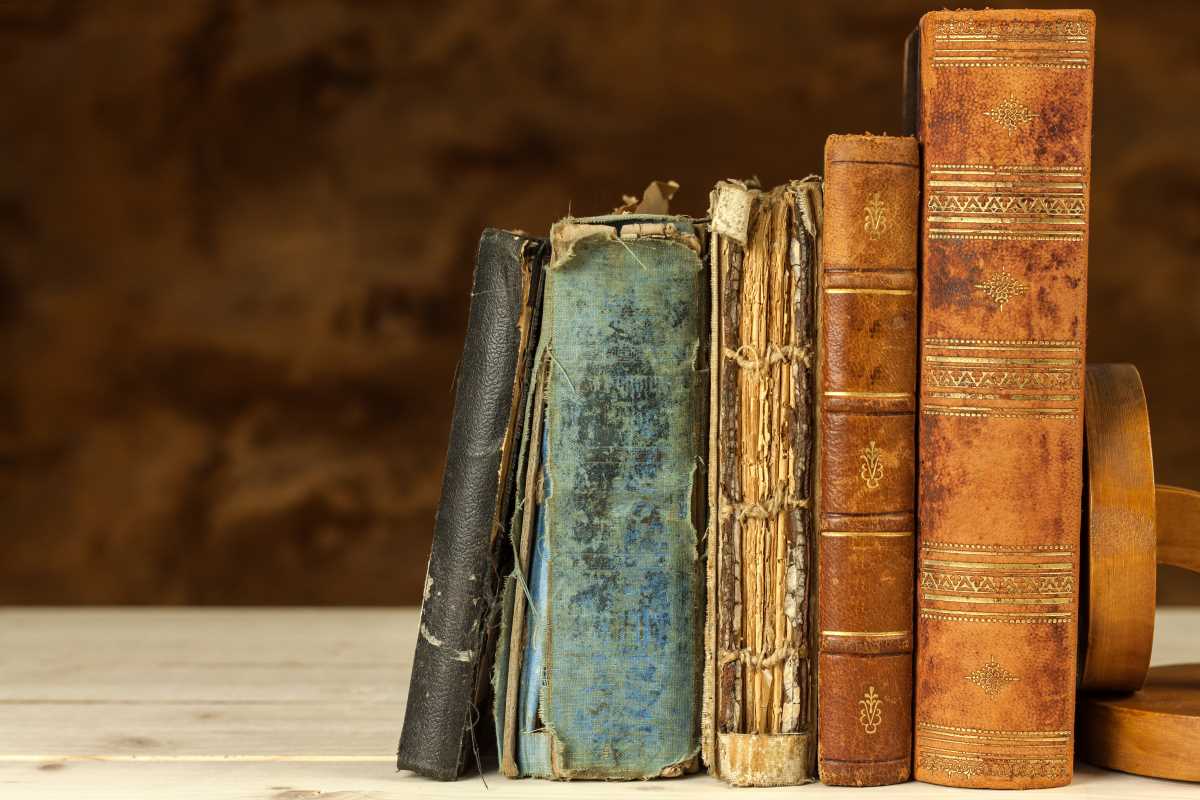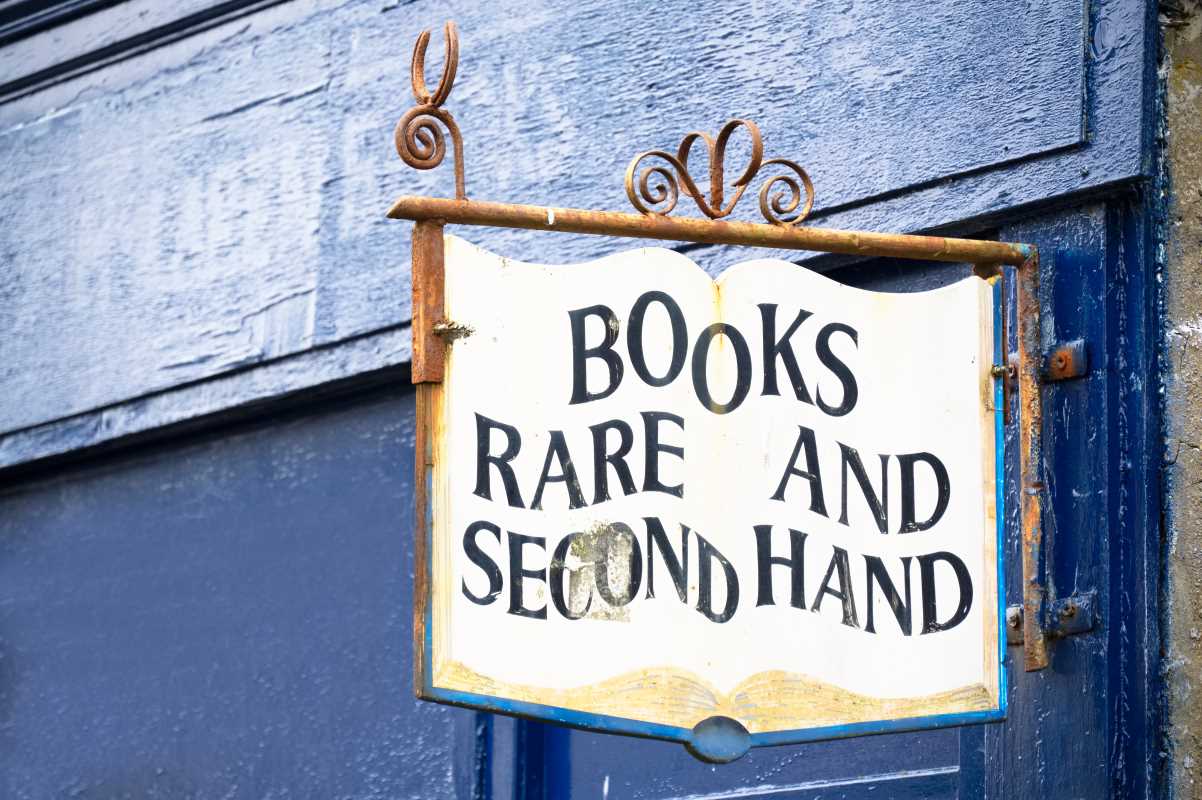Art isn’t just something we hang on walls or admire in museums. It’s part of history, culture, and identity. Throughout history, art collectors have played a major role in shaping how we see and value art. But they didn’t just collect pieces for their own enjoyment. Many collectors have influenced cultural, economic, and political shifts in ways that have left lasting marks on society.
Whether they were wealthy patrons of the Renaissance funding famous masterpieces, or modern-day billionaires investing in digital art, collectors have always been key players in the art world. By deciding which works to buy, display, or preserve, they often determine what art gets remembered and celebrated.
This article dives into the fascinating ways collectors have impacted history, from supporting groundbreaking artists to changing how we experience art today.
The Patrons of the Renaissance
The Renaissance, a period of cultural rebirth starting in the 14th century, might not have happened without the support of wealthy art collectors. These individuals, known as patrons, funded artists to create some of the world’s most iconic masterpieces.
The Medici Family
One of the most famous families in art history, the Medici were powerful bankers in Florence, Italy. Their wealth wasn’t just used to build palaces or grow their banking empire; they also poured tremendous resources into art and culture.
The Medici family supported legendary artists like Michelangelo, Botticelli, and Leonardo da Vinci. For instance, Botticelli’s famous painting The Birth of Venus was commissioned by a Medici family member. By funding these works, the family didn’t just boost their political influence in Florence; they also helped spur the cultural explosion that defined the Renaissance.
Thanks to the Medici and other patrons like them, the Renaissance left behind an incredible legacy of art and architecture that continues to inspire the world today.
Religious Influence
Many patrons during this time were not just private collectors but also institutions like the Catholic Church. The church used art to convey religious messages and assert its authority. This led to monumental commissions like Michelangelo's Sistine Chapel ceiling. Artistic works funded by the church shaped religious iconography and helped spread Christianity’s influence across Europe.
Art Collectors as Trendsetters
Art collectors don’t just preserve history; they often decide which styles or movements will gain attention. Their choices can elevate unknown artists to fame or push art in new directions.
The Rise of Impressionism
During the late 19th century, a group of painters in France started breaking away from traditional techniques. Artists like Claude Monet and Edgar Degas began using loose brushstrokes and experimenting with light and color. While critics were initially unimpressed, a small group of collectors saw the potential in this bold new style.
Paul Durand-Ruel, a French art dealer, was one such visionary. He purchased hundreds of Impressionist works before they were popular, supporting these artists when few others would. Thanks to his efforts, Impressionism became one of the most famous and beloved movements in art history.
The Abstract Revolution
Fast forward to the 20th century, and another group of collectors changed the game, this time by championing abstract art. Peggy Guggenheim, a prominent collector, was passionate about modern art. She supported artists like Jackson Pollock, who was known for his energetic drip-painting style, and helped introduce abstract expressionism to a global audience.
Without collectors like Guggenheim, it’s possible that many groundbreaking movements might have remained on the fringes instead of becoming mainstream.
How Collectors Shape Museums
Museums are where most of us experience art today, but many pieces in these institutions come from private collections. Once a collector decides to donate or sell their art to a museum, they shape what the public gets to see and learn about.
The Louvre and Napoleon
One of the most famous museums in the world, the Louvre in Paris, owes much of its collection to art collecting during Napoleon’s reign. Napoleon and his troops took thousands of works from across Europe during his conquests, bringing them back to France. While this practice was controversial (and many pieces were later returned), it made the Louvre a cultural treasure trove.
Modern Philanthropy
Many modern museums rely on donations from collectors. For example, the Metropolitan Museum of Art in New York City has benefited greatly from collectors like J.P. Morgan. Morgan, a wealthy banker, donated rare manuscripts, decorative arts, and paintings to the museum, enriching its collection for future generations.
Today, art collectors continue to donate works to museums, ensuring that more people have access to these incredible pieces.
The Business Side of Collecting
While art can be deeply personal, it’s also a significant economic force. Collectors influence the art market, setting trends and driving prices.
Art as an Investment
Some collectors view art as an investment, purchasing works they believe will increase in value over time. This has led to big sales at auctions, where paintings can sell for hundreds of millions of dollars. For instance, in 2017, Leonardo da Vinci’s Salvator Mundi was sold for a record-breaking $450 million.
When collectors treat art as a financial asset, it can create buzz around certain artists or styles, boosting their fame. However, it also raises questions about whether art is becoming more about money than creativity.
Globalization of the Art Market
Today’s art market is more global than ever, thanks to online auctions and platforms. Collectors from different countries are buying and selling art in ways that connect cultures. This globalization is helping lesser-known artists from regions like Africa and Southeast Asia gain exposure on an international stage.
Contemporary Collectors and the Digital Age
Technology is changing what it means to collect art. Digital innovations, like NFTs (non-fungible tokens), have introduced entirely new ways for collectors to engage with art.
The NFT Boom
Unlike traditional art, NFTs exist entirely online. They are digital certificates that prove ownership of a digital piece, like a drawing, video, or even a meme. While some see NFTs as a passing trend, others believe they represent the future of art collecting.
Major collectors have already jumped into the NFT space. For example, when the digital artist Beeple sold his NFT work Everydays for $69 million, it made headlines worldwide. This sale highlighted how collectors are shaping a new era of art, merging creativity with technology.
Building a Global Community
Social media and online platforms have connected collectors like never before. People can buy, sell, and discuss art from anywhere in the world. This sense of community helps build enthusiasm for artists and movements that might have gone unnoticed in the past.
 (Image via
(Image via





